The Symbolism and History of Tarot Cards
I am sure you must have heard of tarot cards or seen the tarot card. For centuries now, these beautiful adorned cards. They have fascinated people all over the world.
- What “Stranger Things” Share With Your Zodiac Sign

- The Jewish Festival of Lights: Hanukkah

- Let’s Celebrate Thanksgiving, This November

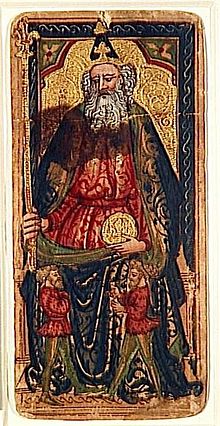
The word taroch was used in the 15th century, when Trionfi, a 70-card became popular during the Italian Renaissance. Trionfi cards are colorful, decorated and hand-painted images of mythical motifs. Later in the 16th century, trionfi game became known as tarocho in Italy and taraux in France, which in time changed into tarot.
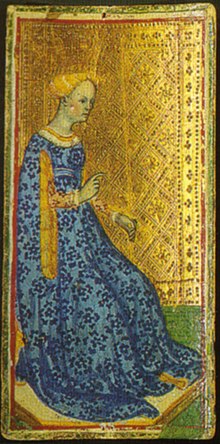
In trionfi cards had four suits, Swords, Batons, Coins, and Cups as well as trumps, cards.
Over time, this would include French suits in Northern Europe, Latin suits in Southern Europe, and German suits in Central Europe. The decks also included courts consisting of a king, page, and the Knight. Later, the fool, the trumps, and a set of queens were added to the system.

Italian artists began painting additional cards, heavily illustrated, to add to the existing suits. These trump, or triumph, cards were often painted for wealthy families. The nobility would commission artists to create for them their own set of cards, featuring family members and friends as the triumph cards.
The Symbolism and History of Tarot Cards

The decks were used to play a game called triumph that was similar to the bridge. In triumph, 21 of the 22 special picture cards were permanent trump cards. The game spread to all parts of Europe.
Tarot as Divination
Some people think that the original purpose of the Tarot was as an entertaining game and not as a divinatory tool. But in the late sixteenth and early seventeenth century, divination with playing cards started to become popular. By the eighteenth century, specific meanings were assigned to each card, and how they could be spread out for divinatory purposes.
In 1781 Antoine Court de Gebelin published his “Le Monde Primatif”, in which he asserted Tarot cards held the “secrets of the Egyptians“. Gebelin even stated that the name “tarot” came from the Egyptian words tar, meaning “royal”, and ro, meaning “road”, therefore represented a “royal road” to wisdom.
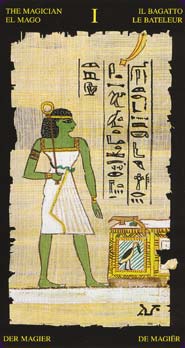
Tarot cards have been written about by many Mystics who have put forward views on the history of Tarot cards. The origin and history of the Tarot is unclear and often idealized.
Tarot Cards Symbolism
The 78-card tarot deck used by esotericists has two distinct parts:
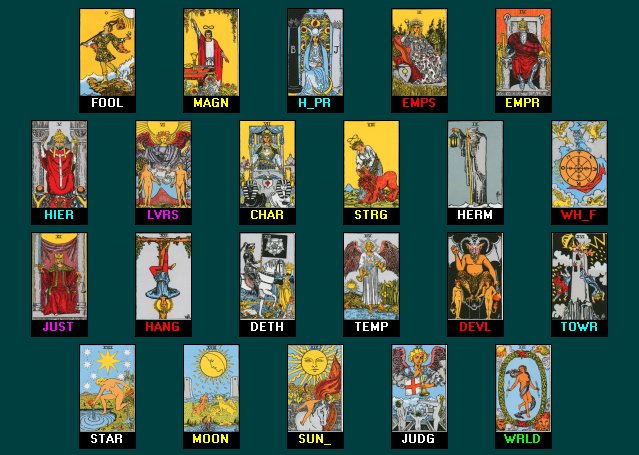
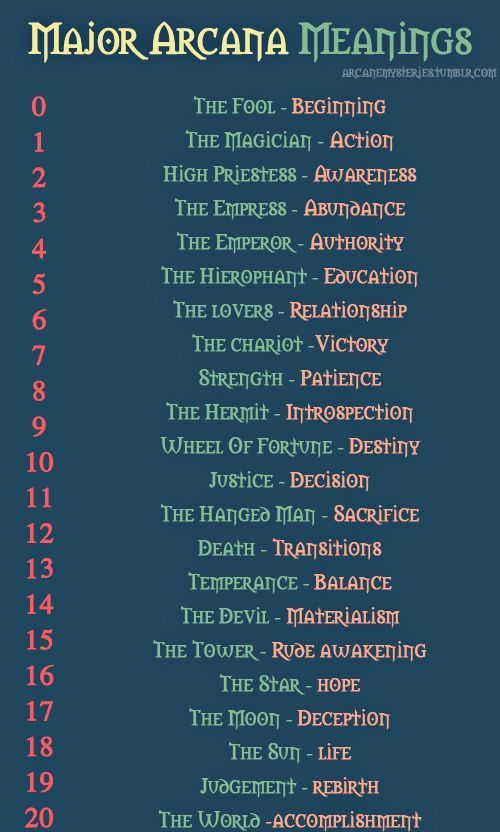
The Major Arcana (greater secrets), or trump cards, consists of 22 cards without suits:
The Magician, The High Priestess, The Empress, The Emperor, The Hierophant, The Lovers, The Chariot, Strength, The Hermit, Wheel of Fortune, Justice, The Hanged Man, Death, Temperance, The Devil, The Tower, The Star, The Moon, The Sun, Judgement, The World, and The Fool. Cards from The Magician to The World are numbered in Roman numerals from I to XXI, while The Fool is the only unnumbered card, sometimes placed at the beginning of the deck as 0, or at the end as XXII.
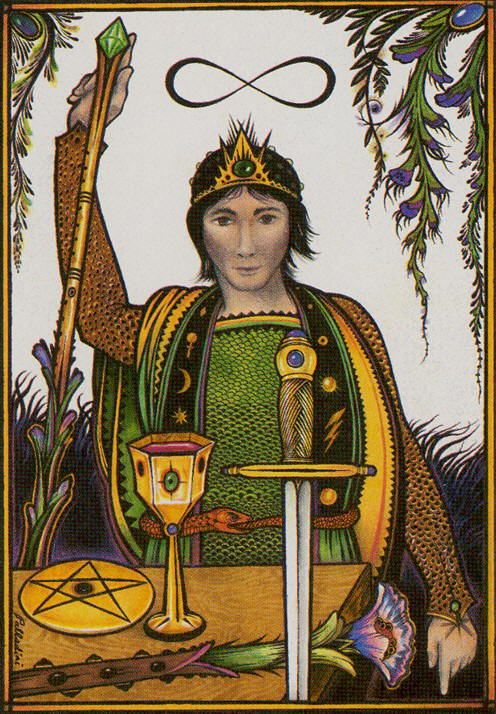
The Minor Arcana (lesser secrets) consists of 56 cards, divided into four suits of 14 cards each;
Ten numbered cards and four court cards. The court cards are the King, Queen, Knight, and Page/Jack, in each of the four tarot suits. The traditional Italian tarot suits are swords, batons, coins and cups; in modern occult tarot decks, however, the batons suit is often called wands, rods or staves, while the coins suit is often called pentacles or disks.
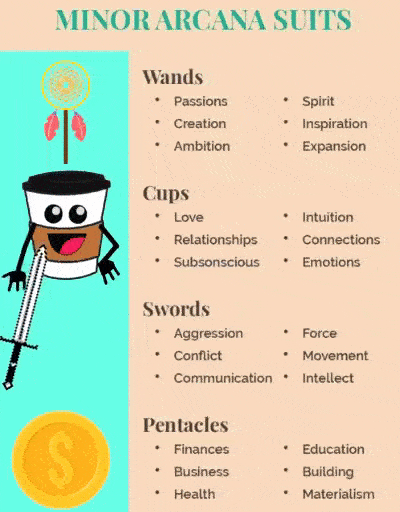
The 56 Minor Arcana cards are grouped into four suits (just like a regular deck of playing cards): Wands, Cups, Swords, and Pentacles. The 22 Major Arcana deal with your life’s overall journey.
The Symbolism and History of Tarot Cards
WANDS
Actions
CUPS
Emotions
SWORDS
Thoughts
PENTACLES
Things
2. While the Major Arcana cards (e.g., The Lovers, The Tower) deal with big milestones, the Minor Arcana deal with day-to-day issues.
3. The Page, Knight, Queen, and King cards in the Minor Arcana are usually tied to people in your life. These are called the court cards. If these show up, relate them to someone with that type of personality.
4. Each suit of the Minor Arcana has those four court cards plus cards numbered ace to 10. In general, they show a progression: The Ace of Wands can show the energetic start to a new work, while the 10 of Wands show tired and exhausted due to the work.

The Symbolism and History of Tarot Cards
- What are sun signs wishing for in their lover ? 1

- What emotions keep smacking your face, time after time? Sun signs obsessed.

- What are sun signs wishing for in their lover ? 2

- Reasons why Wednesday Addams may be a Capricorn

- All Hail ! Greta Thunberg. Planet Saver Capricorn

- The Aries Man: Vincent van Gogh who could paint!
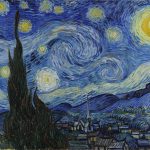
- Death takes a holiday and shadows of Scorpio !!

- Through the eyes of Renoir: Pisces Reality
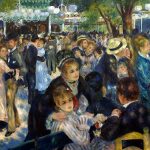
- How the Sun Signs baffle you! The mask they use.

- Joker, New DC Movie, Out Now. Is he a fallen Pisces?

- The tenth day when the truth dawns-Dussehra

- Crystals to color up your body and mind!

- Halloween: Company interviewing you is haunted?

- Libra: John Lenon – Peace and Love

- The Mysterious Origins of the Halloween
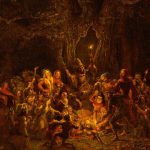
- The hypocrisy: Key Failure of the Sun Sign exposed

- How the Zodiac Signs show their Love

- The Men You Need To Avoid As Per Your Zodiac Sign

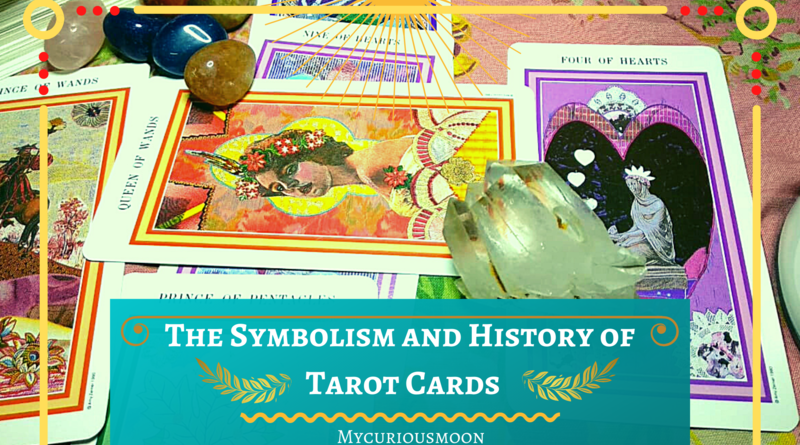




Comments are closed.